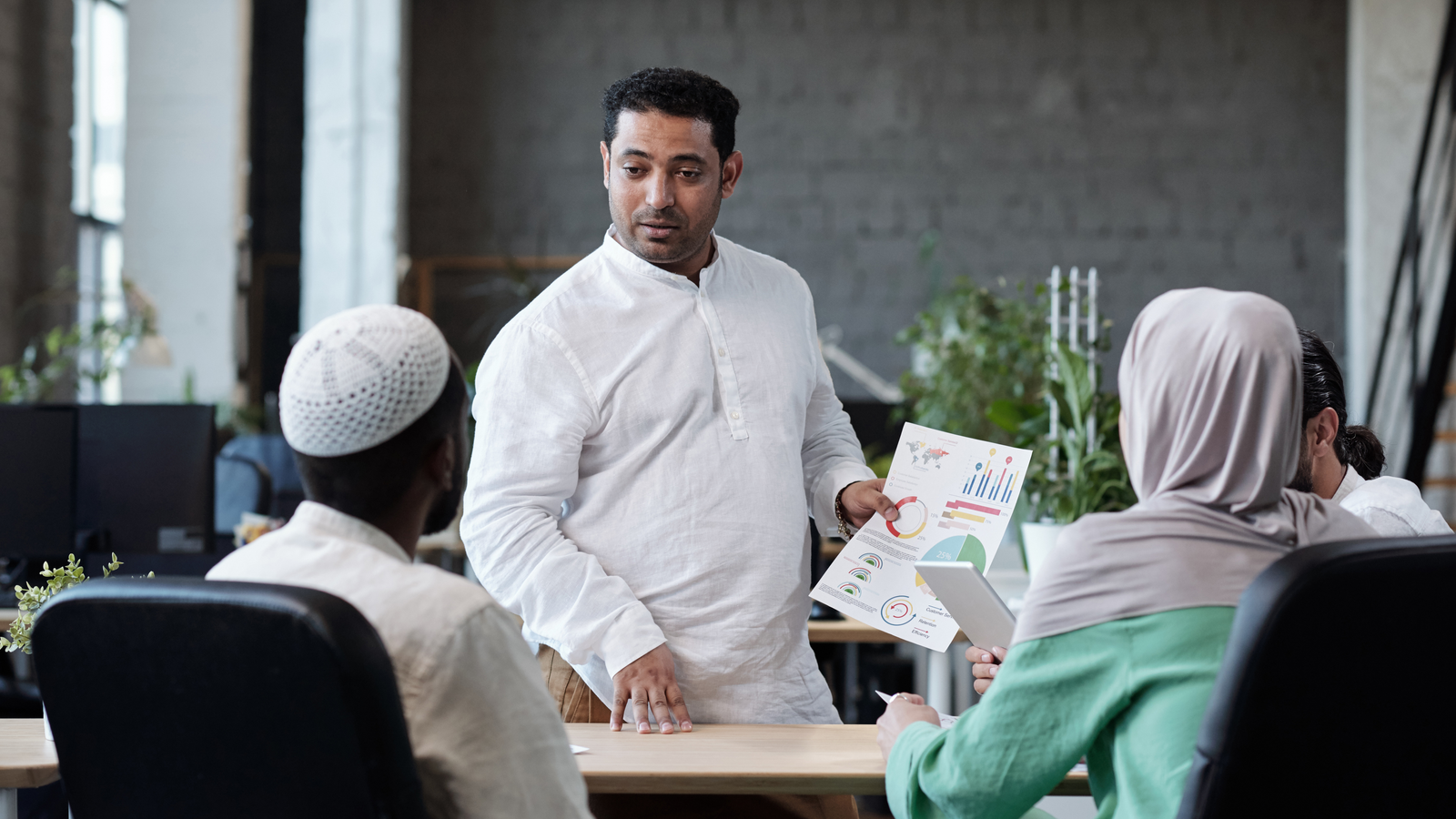🌍 Language & Tigrinya Lessons: Exploring Eritrea’s Multilingual Culture & Essential Phrases

Eritrea, a small but culturally rich nation in the Horn of Africa, is home to a vibrant tapestry of languages. Among them, Tigrinya stands out as one of the most widely spoken, serving as a bridge between tradition and modernity. Whether you’re planning a visit, reconnecting with heritage, or simply fascinated by linguistics, learning basic Tigrinya phrases and proverbs offers a profound glimpse into Eritrea’s identity.
This guide dives deep into:
✔ The importance of Tigrinya in Eritrea’s multilingual landscape
✔ Essential Tigrinya phrases for beginners
✔ Common Tigrinya proverbs and their meanings
✔ How Eritrea’s language diversity shapes its culture
Let’s embark on this linguistic journey!
🇪🇷 The Multilingual Tapestry of Eritrea
Eritrea recognizes nine official languages: Tigrinya, Tigre, Arabic, Saho, Bilen, Afar, Kunama, Nara, and Beja. This linguistic diversity reflects the country’s ethnic mosaic and colonial history.
Why Tigrinya Stands Out
- Most Spoken Language: Over 50% of Eritreans speak Tigrinya as their first language.
- Cultural Significance: Used in media, literature, and government.
- Historical Roots: Descends from Ge’ez, an ancient Semitic language.
🔹 Fun Fact: Eritrea’s multilingual policy promotes unity while preserving ethnic identities—a rare balance in a globalized world.
📖 Basic Tigrinya Phrases for Beginners
Learning Tigrinya phrases helps travelers and diaspora members connect with locals. Below are essential words and expressions.
Greetings & Common Expressions
| English | Tigrinya | Pronunciation |
|---|---|---|
| Hello | ሰላም (Selam) | Seh-lahm |
| How are you? | ከመይ ኣለኻ? (Kemey aleka?) | Keh-may ah-leh-kah? |
| I’m fine | ጽቡቕ ኣለኹ (Tsibuq aleku) | Tsee-book ah-leh-koo |
| Thank you | የቐንየለይ (Yekenyeley) | Yeh-ken-yeh-ley |
| Goodbye | ደሓን ኩን (Dehan kun) | Deh-hahn koon |
Useful Travel Phrases
| English | Tigrinya | Pronunciation |
|---|---|---|
| Where is the market? | ዕዳጋ ኣበይ ኣሎ? (Edaga abey alo?) | Eh-dah-gah ah-bey ah-lo? |
| How much does this cost? | ክምታ ይኸእል? (Kemta yikhel?) | Kem-tah yee-khel? |
| I don’t understand | ኣይተረደኣኒን (Ayterede’anin) | Aye-teh-reh-deh-ah-neen |
| Please speak slowly | ብህድግ ተዛረብ (Bhdig tzerab) | B-h-dig tzeh-rab |
🔹 Pro Tip: Eritreans appreciate when foreigners attempt Tigrinya—even a simple “Selam!” can spark warm interactions.
🧠 Tigrinya Proverbs: Wisdom in Words
Eritrean culture thrives on oral traditions, and Tigrinya proverbs (ምሳሌ – Misale) offer timeless wisdom. Here are a few with meanings:
1. “ብረት ካብ ሓራ ይበልጽ” (Biret kab hara yibelits)
- Literal: “Iron sharpens iron.”
- Meaning: People improve through challenge and collaboration.
2. “እንቋዕ ብዙሕ እንተተኣኪቡ ገዛ ይሰርሕ” (Inqua’e bzuH inteTa’akibu geza yiserih)
- Literal: “Many small sticks together can build a house.”
- Meaning: Unity brings strength.
3. “ሓደ ገዛ ብሓደ እምቢ ኣይትሰርሕን” (Hade geza bHade embi aytserihn)
- Literal: “A house isn’t built with one refusal.”
- Meaning: Persistence is key to success.
🔹 Cultural Insight: These proverbs are often used in daily conversations, storytelling, and even political discourse.
🌐 The Importance of Multilingualism in Eritrea
Eritrea’s language policy is unique—instead of imposing a single national language, it celebrates diversity. Here’s why this matters:
1. Preserving Heritage
- Each language represents an ethnic group’s history.
- Schools teach in mother tongues before transitioning to Tigrinya or Arabic.
2. Fostering National Unity
- Multilingualism prevents marginalization of minority groups.
- Government documents are published in multiple languages.
3. Boosting Cultural Exchange
- Bilingual Eritreans easily navigate regional trade (e.g., Arabic in the Red Sea region).
- Music and poetry blend languages, creating a rich artistic scene.
🔹 Did You Know? Eritrea’s Tigrinya script (Ge’ez alphabet) is among the few indigenous writing systems in Africa still in daily use.
📚 How to Learn Tigrinya Effectively
Want to master Tigrinya? Try these methods:
1. Language Apps & Online Resources
- Memrise, Quizlet: Offer Tigrinya flashcards.
- YouTube Channels: Search for “Learn Tigrinya” tutorials.
2. Practice with Native Speakers
- Join Eritrean cultural events or online forums.
- Use language exchange platforms like Tandem or HelloTalk.
3. Immerse Yourself in Media
- Watch Eri-TV (Eritrean broadcasts).
- Listen to Tigrinya music (e.g., Helen Meles, Yemane Gebremichael).
🔹 Bonus Tip: Label household items with Tigrinya words to reinforce vocabulary!
❓ FAQs About Tigrinya & Eritrean Languages
1. Is Tigrinya the same as Amharic?
No! Though both descend from Ge’ez, they are distinct languages. Amharic is Ethiopia’s official language, while Tigrinya is dominant in Eritrea.
2. How hard is Tigrinya for English speakers?
Moderate difficulty. The Ge’ez script and unique sounds (e.g., “ሕ” – a guttural “H”) can be challenging, but grammar is straightforward.
3. Are Eritreans multilingual?
Yes! Many speak Tigrinya + Arabic or their ethnic language + Tigrinya. Urban youth often learn English or Italian too.
� Final Thoughts: Why Learn Tigrinya?
Tigrinya isn’t just a language—it’s a key to Eritrea’s soul. Whether you’re:
- Traveling to Asmara 🛫
- Reconnecting with roots 🌱
- Exploring African linguistics 📖
…learning Tigrinya deepens your appreciation for Eritrea’s history, resilience, and cultural wealth.
Start today with a simple “Selam!”—you’ll be amazed at the doors it opens.
📌 Key Takeaways
✅ Tigrinya is Eritrea’s most spoken language, rooted in Ge’ez.
✅ Basic phrases like Selam (Hello) and Yekenyeley (Thank you) go a long way.
✅ Proverbs reflect Eritrean values of unity and perseverance.
✅ Eritrea’s multilingual policy protects cultural diversity.
Now it’s your turn! Which Tigrinya phrase will you practice first? Share in the comments! 👇
By weaving language learning with cultural insights, this guide ensures you walk away not just memorizing words—but understanding the heart of Eritrea. Selam! ✨
